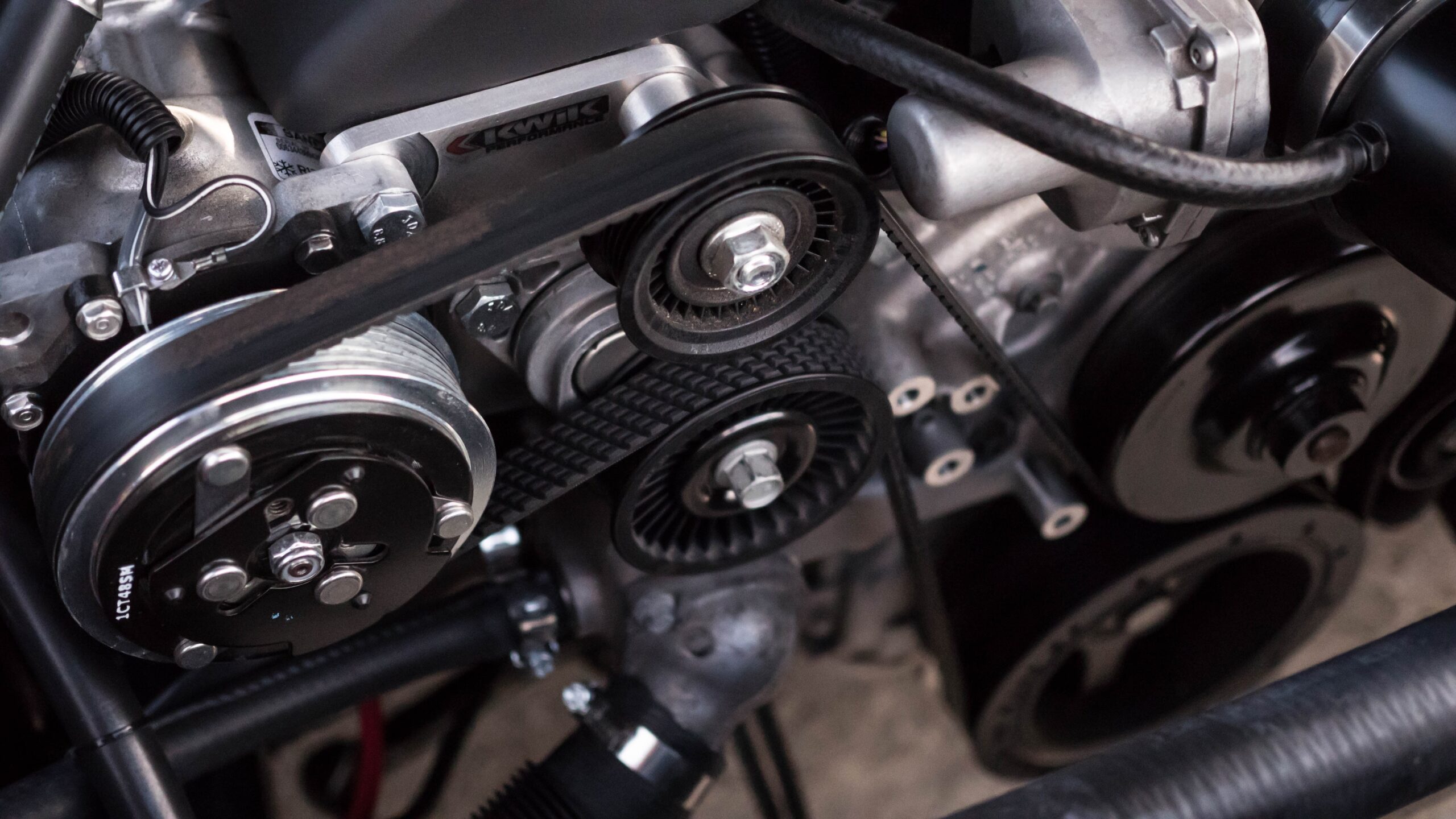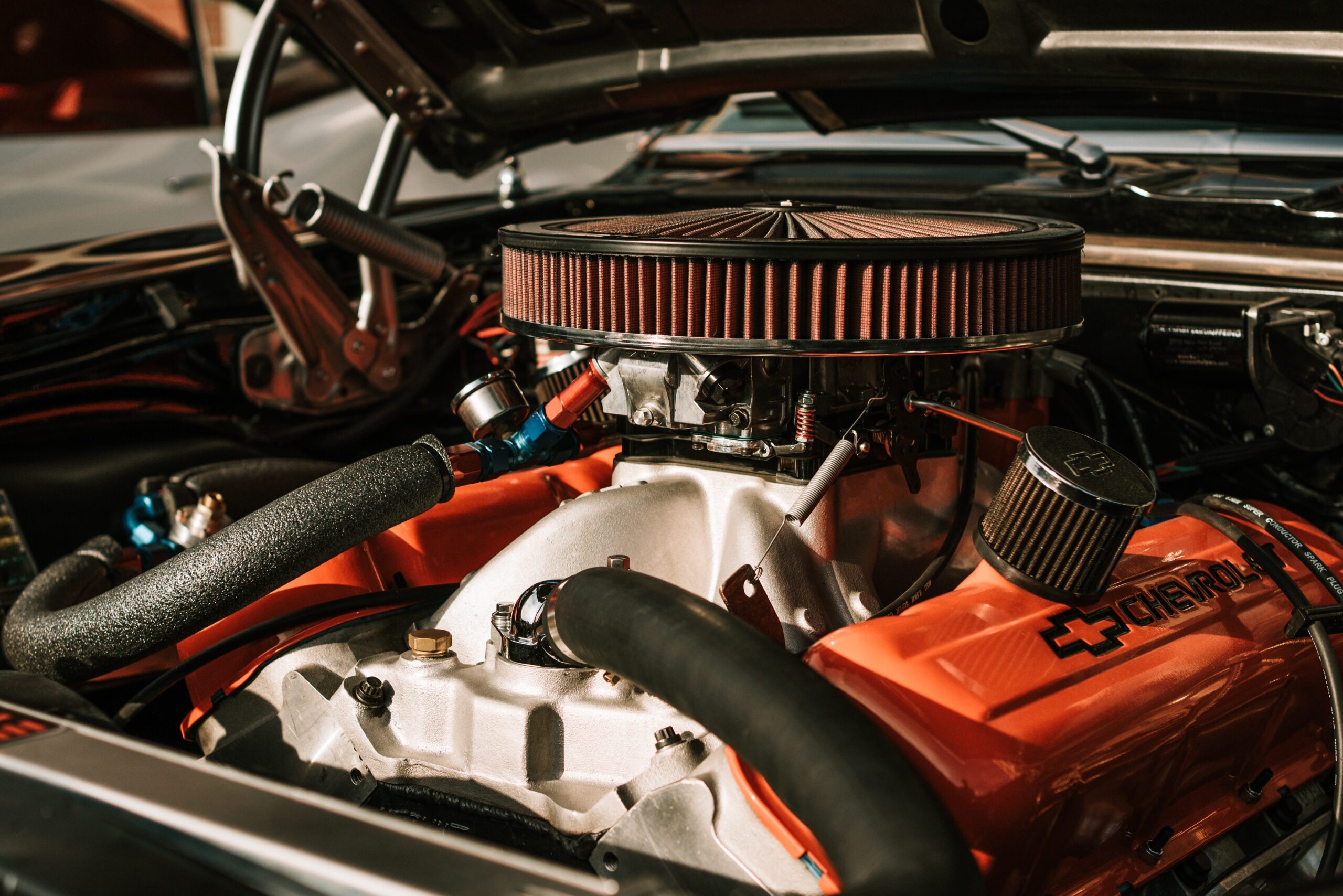In the ever-evolving automotive industry, innovation is key to success. One of the technological advancements that has revolutionized automotive manufacturing is die casting. With its precision, efficiency, and versatility, die casting has become an indispensable process for producing high-quality components in the automotive sector. In this article, we will explore the extensive applications of die casting in the automotive industry and how it has contributed to advancements in vehicle performance, safety, and design.

Engine Components:
Die casting plays a vital role in the production of engine components, where durability, heat resistance, and precision are of utmost importance. Aluminum alloys, known for their lightweight properties and excellent thermal conductivity, are commonly used in die casting engine blocks, cylinder heads, and oil pans. The precise casting process ensures that these components have tight tolerances, allowing for optimal fit and performance. Additionally, die-cast engine parts offer enhanced heat dissipation, contributing to improved engine efficiency and reduced emissions.
Transmission and Gearbox Components:
The transmission system of a vehicle requires robust and precisely manufactured components to ensure smooth shifting and power transfer. Die casting is employed in the production of transmission cases, gears, clutch housings, and valve bodies. Aluminum and magnesium alloys are commonly used due to their lightweight nature and high strength-to-weight ratio. Die-cast transmission components offer excellent dimensional stability, low porosity, and enhanced wear resistance, contributing to efficient power transmission and improved fuel economy.
Structural Components:
Die casting has revolutionized the manufacturing of structural components in automobiles. High-pressure die-cast aluminum and magnesium alloys are widely used in the production of chassis parts, suspension components, and sub-frames. These components offer exceptional strength and rigidity while being significantly lighter compared to traditional steel counterparts. The lightweight nature of die-cast structural parts not only improves fuel efficiency but also enhances vehicle handling, agility, and overall performance.

Safety Components:
Safety is a paramount consideration in the automotive industry, and die casting plays a critical role in producing essential safety components. Die-cast components such as steering knuckles, brake calipers, and wheel carriers undergo rigorous testing to ensure strength, dimensional accuracy, and reliability. The use of die casting in safety-critical parts allows for consistent quality and performance, contributing to the overall safety of vehicles on the road.
Interior and Exterior Components:
Die casting is not limited to under-the-hood components but also extends to various interior and exterior parts of vehicles. From door handles, mirror housings, and window regulators to dashboard components and trim pieces, die casting enables the production of intricate and aesthetically pleasing designs. The versatility of die casting allows for the creation of complex shapes, crisp details, and high-quality surface finishes, enhancing the overall look and feel of the vehicle.
Electric Vehicle Advancements:
As the automotive industry embraces electric vehicles (EVs), die casting has become even more significant. Die-cast components contribute to the lightweight construction of EVs, enabling increased battery range and efficiency. Additionally, die casting is used in the production of electric motor housings, power electronics, and charging components, where heat dissipation and precision are crucial for optimal performance.
Conclusion
Die casting has transformed the automotive industry, providing manufacturers with a reliable, efficient, and versatile method for producing high-quality components. From engine parts to safety components and interior/exterior trim pieces, die casting's precision and durability have contributed to advancements in vehicle performance, safety, and design. As automotive technology continues to evolve, die casting will undoubtedly remain a driving force in shaping the future of the industry.
-q4gvl4k29y4hq8j9rjpapvj0ft06fje63olt7p210i.png)


